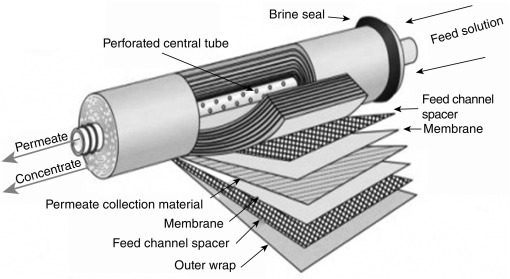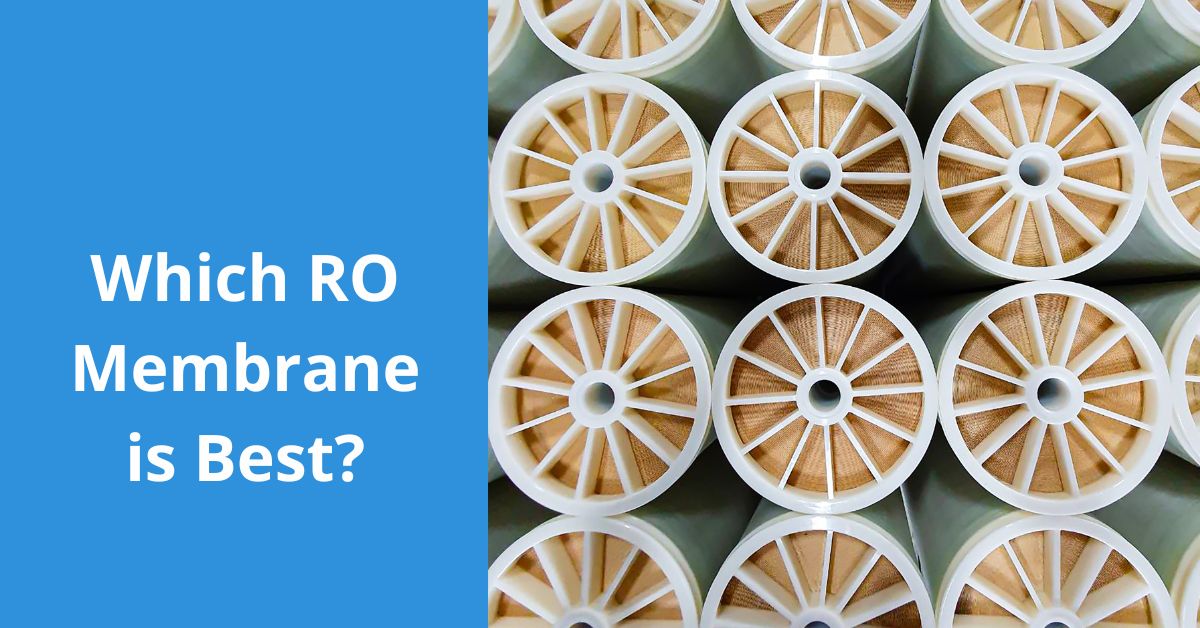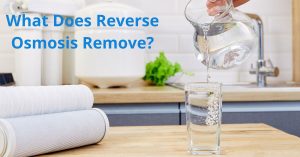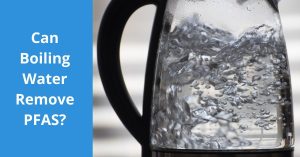Reverse osmosis (RO) systems have become increasingly popular for residential water filtration due to their ability to remove a wide range of contaminants, including dissolved salts, heavy metals, bacteria, and even microscopic pollutants like PFAS. and microplastics. However, the effectiveness of an RO system largely depends on the quality of its membrane. With so many options available, choosing the right RO membrane can be a daunting task. In this blog post, we’ll explore how to select the best RO membrane for your needs and whether there are significant differences between various RO membranes.
How to Choose the Right RO Membrane?
When selecting an RO membrane, there are several factors to consider:
- Water Quality: The quality of your water source will determine the type of membrane you need. If your water has high levels of total dissolved solids (TDS) or specific contaminants like nitrates or heavy metals, you may require a specialized membrane designed for better rejection of those contaminants.
- Flow Rate: The flow rate of an RO membrane is measured in gallons per day (GPD). Higher flow rates mean faster water production, which is essential for households with higher water demands. Typically, residential RO systems have flow rates ranging from 50 to 100 GPD.
- Rejection Rate: The rejection rate indicates the percentage of contaminants the membrane can remove. Most standard RO membranes have a rejection rate of 95-99% for dissolved salts and other impurities.
- Membrane Material: RO membranes are primarily made of either cellulose triacetate (CTA) or thin-film composite (TFC) materials. TFC membranes are more durable, efficient, and have a longer lifespan compared to CTA membranes.
- Brand and Certifications: Reputable brands like Filmtec, Dow, and Toray are known for producing high-quality RO membranes. Look for membranes certified by organizations like NSF International or the Water Quality Association (WQA).

Source: sciencedirect.com www.sciencedirect.com/topics/engineering/reverse-osmosis-membrane
Is There a Difference Between RO Membranes?
All RO membranes operate on the same principle of filtering water through a semi-permeable membrane, but still, there are significant differences in their performance, durability, and efficiency.
- Rejection Rates: Some RO membranes are designed to have higher rejection rates for specific contaminants. For example, certain membranes may have a higher rejection rate for nitrates, while others excel at removing PFAS or heavy metals.
- Membrane Material: As mentioned earlier, TFC membranes are generally considered superior to CTA membranes in terms of durability, rejection rates, and efficiency. TFC membranes can also handle a wider range of pH levels and chlorine exposure.
- Membrane Configuration: RO membranes can be configured as spiral-wound or hollow-fiber membranes. Spiral-wound membranes are more common in residential and commercial applications, while hollow-fiber membranes are often used in industrial settings.
- Efficiency and Flow Rate: Membranes from different manufacturers can vary in their efficiency and flow rates, even if they have similar specifications. This can affect the overall performance and water production of the RO system.
When choosing the best reverse osmosis water filter Australia, it’s essential to consider your specific water quality needs and the performance characteristics of the membrane. For example, if you’re dealing with high levels of PFAS or nitrates, you may want to opt for a membrane specifically designed to reject those contaminants effectively.
Similarly, if you’re looking for a benchtop reverse osmosis water filter or a reverse osmosis under sink system, you’ll need to consider the membrane’s flow rate and physical dimensions to ensure compatibility with the system.
Membrane replacement is another crucial aspect to consider. Over time, RO membranes can become fouled or degraded, affecting their performance. Most manufacturers recommend replacing the reverse osmosis membrane filter every 2-5 years, depending on usage and water quality.
All RO membranes serve the same purpose, there are significant differences in their performance, durability, and efficiency. Make sure you are opting for a trusted brand to ensure optimal water filtration for your household or business.




